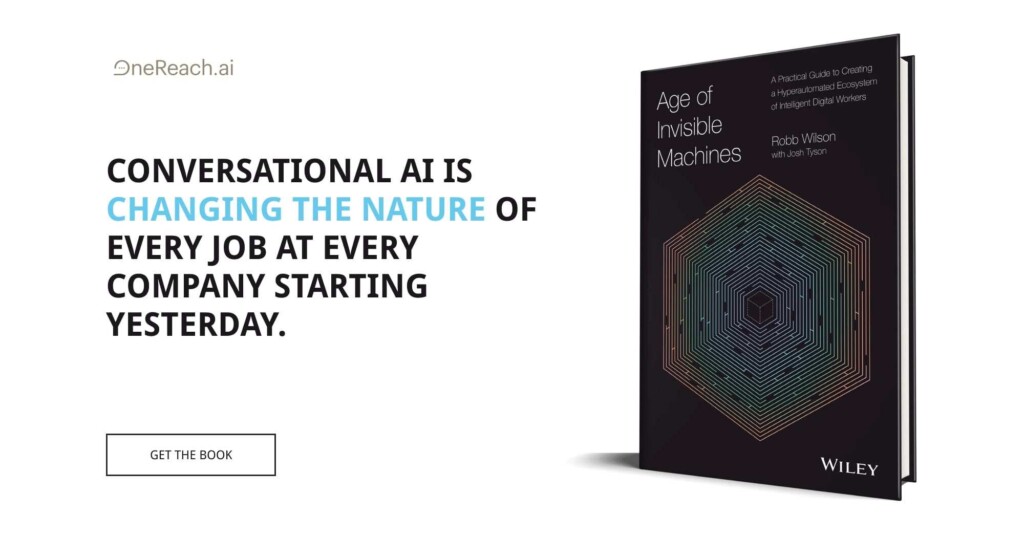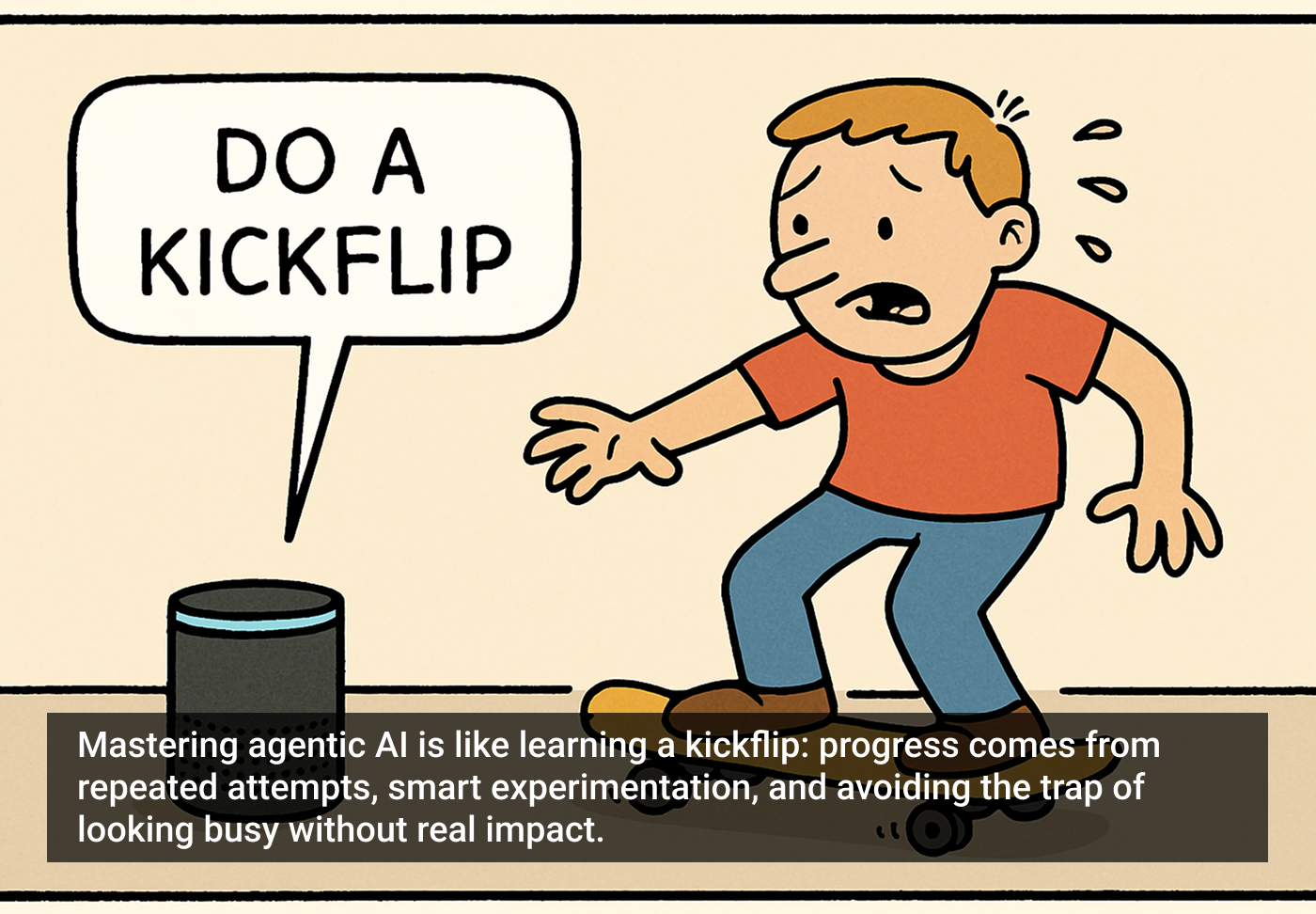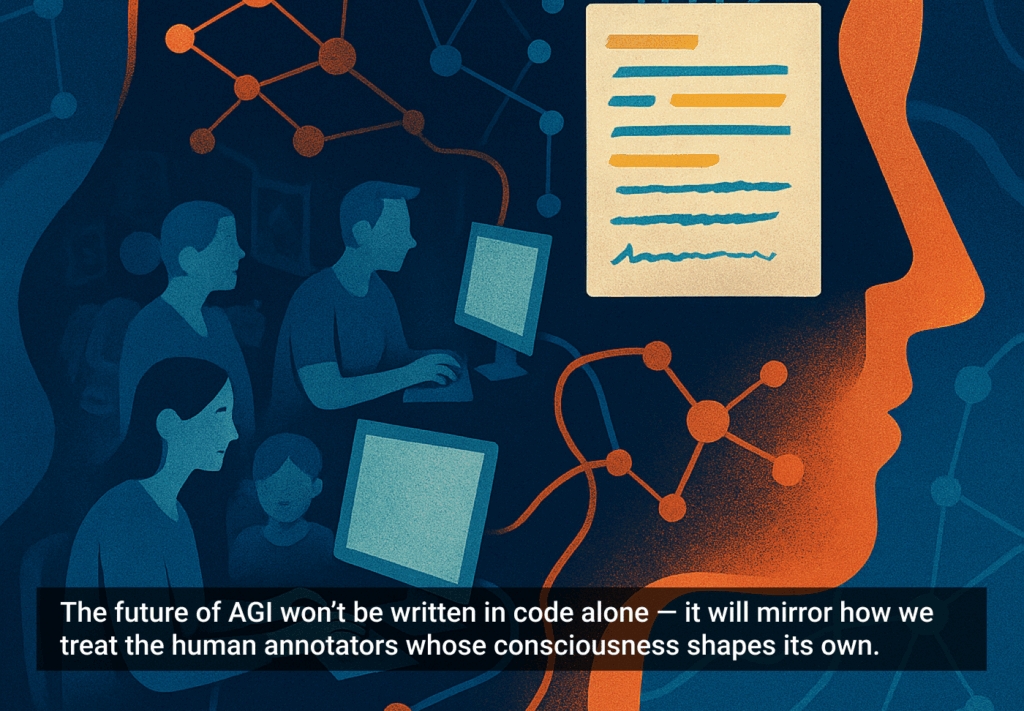Conversational AI in particular has the power to bring us closer to technology by obscuring the messiness happening behind the scenes. The road getting there is a bit cloudy, however, and this episode disperses some of the murkiness.
Explore this and other insights in episode one of the Invisible Machines podcast. Join OneReach.ai CEO and co-founder Robb Wilson and UXM contributing editor Josh Tyson as they explore the realms of conversational AI and hyperautomation.
Subscribe to UX Magazine wherever you listen to podcasts. You can also watch episodes on the Invisible Machines YouTube channel.









